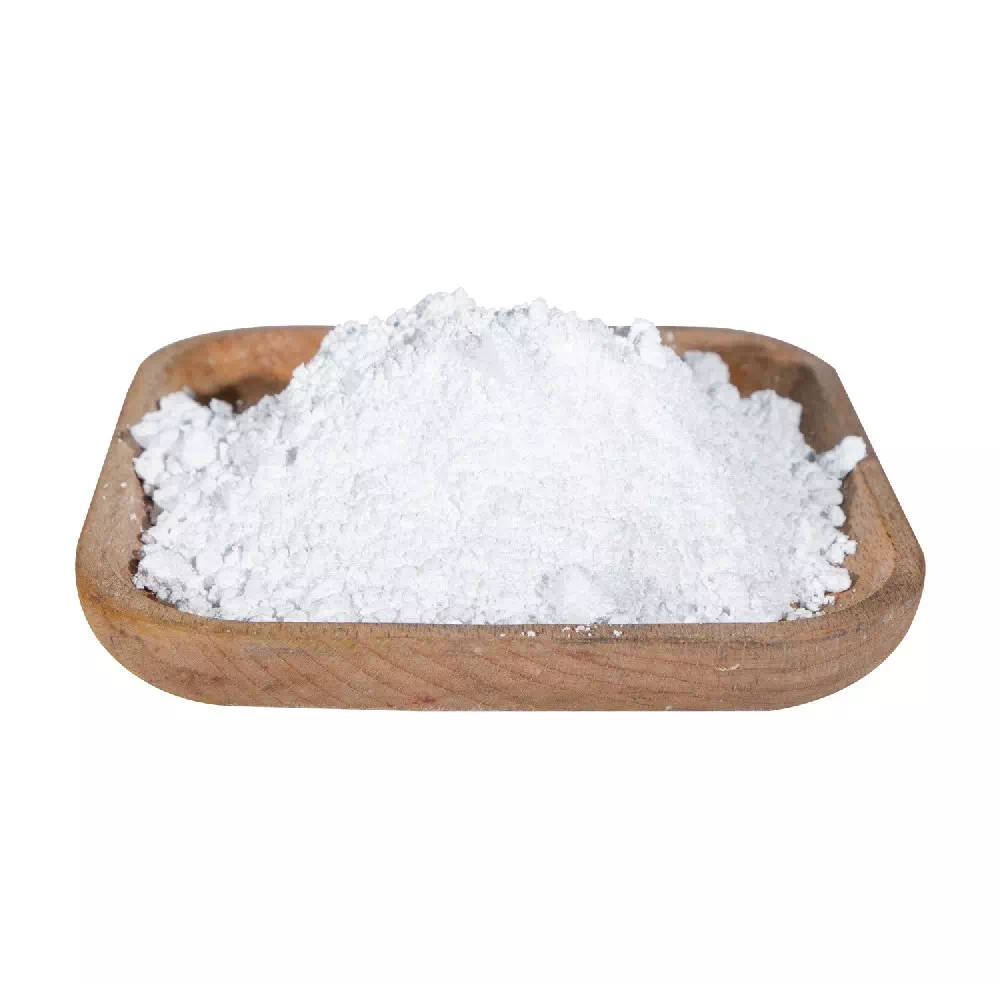

Product name: 1H-Benzotriazole
CAS number: 95-14-7
Molecular formula: C6H5N3
EINECS number: 202-394-1
Benzotriazole is completely dissolved in water. Its form in the solution changes according to the pH value: in a strongly acidic solution (pH < 1), it exists in the protonated form of BTAH+2; in a weakly acidic, neutral and weakly alkaline solution, it exists in the form of BTA; in a strongly alkaline solution (pH > 8), it exists in the form of BTA-.
Colorless needle-shaped crystals. Slightly soluble in cold water, ethanol, and ether.
Benzotriazole is widely used as a lubricant additive; metal deactivator; extreme pressure agent, bacteria and oxidation inhibitor, and antioxidant in internal combustion engine oil.
| Melting point | 97-99 °C(lit.) |
| Boiling Point | 204 °C (15 mmHg) |
| Density | 1,36 g/cm3 |
| Vapor density | 4.1 (vs air) |
| Vapor pressure | 0.04 mm Hg ( 20 °C) |
| Refractive Index | 1.5589 (estimate) |
| Flash point | 170 °C |
| Storage conditions | Store below +30°C. |
| Solubility | The solubility in water is 19 g/L |
| Form | Powder, granules, crystals, needles or flakes |
| Acidity coefficient (pKa) | 1.6(at 20℃) |
| color | White to yellowish beige |
Benzotriazole is mainly used as a water treatment agent, metal rust inhibitor and corrosion inhibitor. Benzotriazole is one of the most effective corrosion inhibitors for copper and copper alloys in cooling water systems. It is widely used in circulating water treatment agents, rust-proof oils, and lipid products. It is also used as a vapor phase corrosion inhibitor and lubricant additive for copper and copper alloys. It is used to purify silver, copper, and zinc on the surface in electroplating, and has a discoloration-preventing effect.
Used in extreme pressure industrial gear oil, hyperbolic gear oil, anti-wear hydraulic oil, oil film bearing oil, grease and other lubricating oils, and can be used as rust prevention and vapor phase corrosion inhibitor
Benzotriazole is used in anti-rust oil (grease) products, mostly used in copper and copper alloy vapor phase corrosion inhibitors, circulating water treatment agents, automotive antifreeze, photographic antifogging agents, polymer stabilizers, plant growth regulators, lubricant additives, ultraviolet absorbers, etc. This product can also be used in conjunction with a variety of scale inhibitors and bactericides and algaecides.
Used as analytical reagent and photographic antifogging agent, also used in organic synthesis
It is used to purify silver, copper and zinc on the surface during electroplating, and has the effect of preventing discoloration. Benzotriazole (BTA) forms covalent bonds and coordination bonds with copper atoms, and replaces each other to form chain polymers, forming a multi-layer protective film on the surface of copper, so that the surface of copper does not undergo redox reactions and does not generate hydrogen, which has a corrosion protection effect. It also has the same effect on metal materials such as lead, cast iron, nickel and zinc. BTA can be combined with a variety of corrosion inhibitors to improve the corrosion inhibition effect. It can also be used in combination with a variety of scale inhibitors and bactericides and algaecides, especially for closed circulating cooling water systems. In automotive antifreeze ethylene glycol and water, adding BTA to the paint can volatilize the protective material. BTA is a good ultraviolet light absorber and can stabilize ultraviolet-sensitive products, such as preventing diazo dyes from fading. Using BTA to treat thin sheet products such as paper, woven fabrics, films, and metal coins can prevent discoloration. In the process of mechanical processing, adding BTA to grinding oil and cutting oil can prevent the processed copper parts from discoloring. This product can also be used as an analytical reagent, and when used in combination with ammonia and diaminetetraacetic acid, it can be used to selectively determine silver, copper, and zinc. It can also be used as a photographic antifogging agent and an organic synthesis intermediate.
Benzotriazole can be obtained by the reaction of o-phenylenediamine and sodium nitrite. Dissolve o-phenylenediamine in 50℃ water, add glacial acetic acid, cool to 5℃, add sodium nitrite and stir to react. The reactant gradually turns dark green, the temperature rises to 70-80℃, the solution turns orange-red, and is placed at room temperature for 2h, cooled, filtered out crystals, washed with ice water, and dried to obtain a crude product. The crude product is vacuum distilled, and the fraction of 201-204℃ (2.0kPa) is collected, and then recrystallized with benzene to obtain a product with a melting point of 96-97℃, with a yield of about 80%. It has been reported that the by-product benzotriazole was obtained by treating the condensation wastewater of carbendazim with sodium nitrite.
Pre-add a certain amount of water to the reactor and heat it to 50℃. Then add 1mol o-phenylenediamine and 2.01mol glacial acetic acid, stir to dissolve, cool to 0℃, and drop 1mol sodium nitrite. After the drop is completed, gradually heat up to 73℃ and react for 2h. Let it stand overnight. Filter, wash the filter cake twice with water, dry, crush and sieve to obtain the finished benzotriazole.
Sales hotline:

 Scan and consult wechat customer service
Scan and consult wechat customer service